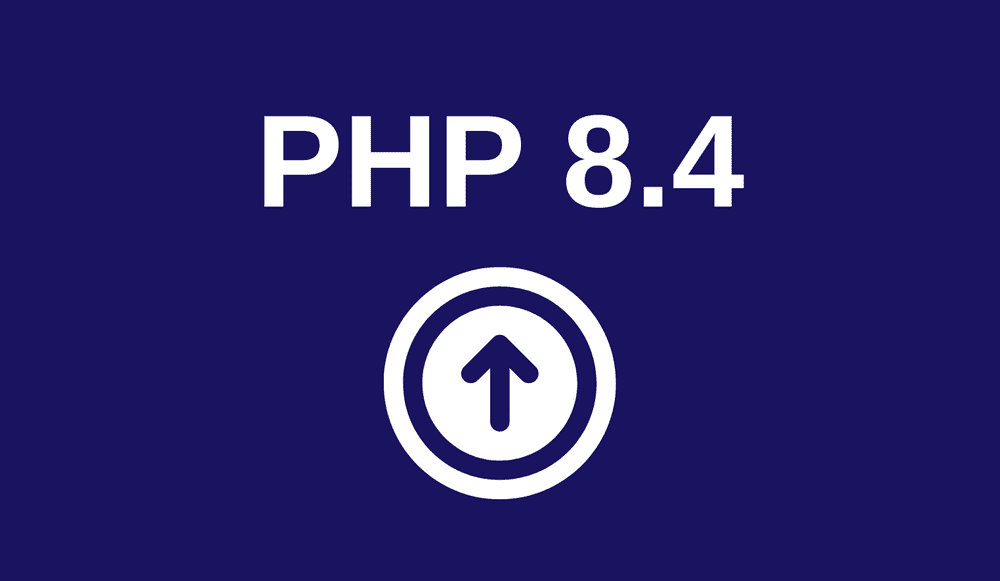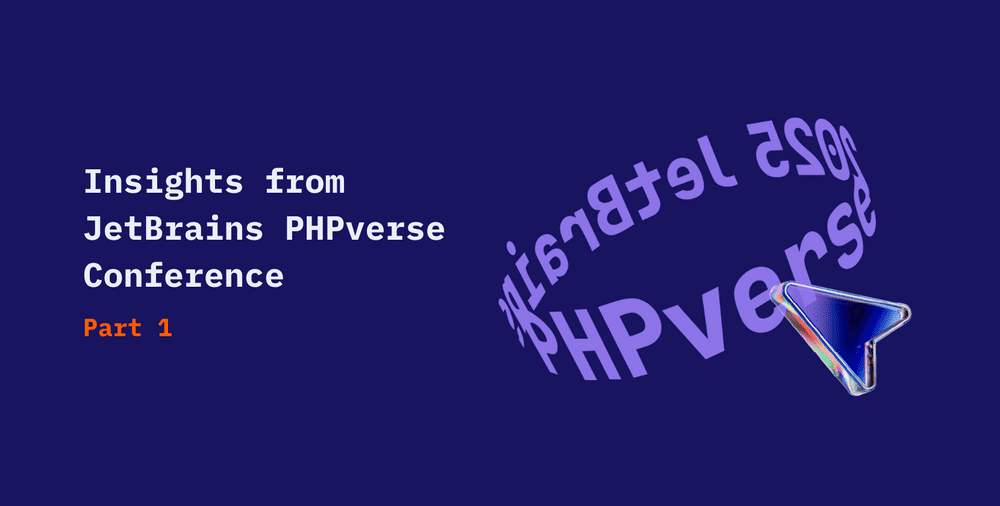Understanding PHP Frameworks: Top Options for Web Development
Although questions about PHP's popularity arise from time to time, there is no doubt that PHP remains a powerhouse in web development, and within its ecosystem, frameworks play a crucial role in shaping applications' efficiency, scalability, and maintainability. There are three major PHP Frameworks: Symfony, Laravel and CodeIgniter. In this article, we will explore their ongoing competition.
Our goal is to help developers and tech-savvy executives understand each framework's strengths and weaknesses and provide guidance on choosing the right one for specific project needs.
To begin with, let us examine some key data points:
- Popularity Stats: According to GitHub stars, Laravel currently leads with over 78.3k stars stars, followed by Symfony and CodeIgniter with 29.6k stars and 18.3k stars, respectively.
- Current Trends: Google Trends reveals that Laravel shows a steady growth, whereas Symfony appeals to a niche market of enterprise-level developers, and CodeIgniter is still popular for simpler projects.
- Support & LTS: Laravel and Symfony offer Long-Term Support (LTS) versions, which are vital for enterprise applications. Symfony tends to have longer LTS cycles compared to Laravel. CodeIgniter, however, doesn’t officially offer LTS, which might affect long-term projects.
- Ecosystem Contributors: Laravel and Symfony boast massive ecosystems with thousands of contributors, whereas CodeIgniter has a smaller yet dedicated community.
- IDE Support: Both Laravel and Symfony have native support in IDEs like PHPStorm, whereas CodeIgniter requires third-party plugins, slightly affecting ease of development.
First up - Laravel
Laravel, released in 2011 by Taylor Otwell, is a highly expressive and elegant framework. It is known for its simplicity and ease of use, making it a favorite among many developers for rapid application development.
Here are the top 5 pros of using Laravel.
1. Eloquent ORM
Eloquent ORM (Object-Relational Mapping) is one of Laravel's standout features. It provides a simple ActiveRecord implementation to work with databases. This allows developers to interact with the database using an intuitive and expressive syntax. For example, retrieving all users with a specific condition can be as simple as:
$users = User::where('status', 'active')->get();Eloquent also supports eager loading, relationships, and polymorphic relationships, making it powerful enough to handle complex database interactions.
2. Blade Templating Engine
Blade is Laravel's lightweight yet powerful templating engine. It allows developers to use plain PHP code in their views, but also provides features like template inheritance and sections, which help in organizing and maintaining the layout of the application. The simplicity of Blade's syntax makes it easy to create dynamic content without writing spaghetti code.
@extends('layouts.app')
@section('content')
<h1>{{ $title }}</h1>
<p>{{ $message }}</p>
@endsection3. Artisan CLI
Artisan is Laravel's command-line interface that provides a number of helpful commands for common tasks like database migrations, seeding, and testing. It also allows developers to create custom commands, making it an invaluable tool for automating repetitive tasks and streamlining the development workflow.
php artisan make:model Product
php artisan migrate4. Routing
Laravel's routing is both simple and powerful. It supports RESTful resource controllers, route caching for improved performance, and allows for route model binding, which automatically injects model instances into routes based on the URL parameter.
Route::get('user/{id}', function ($id) {
return 'User '.$id;
});5. Middleware
Middleware in Laravel provides a convenient way to filter HTTP requests entering the application. This can be used for tasks such as authentication, logging, or modifying request data. Middleware can be applied globally, to specific routes, or route groups.
public function handle($request, Closure $next)
{
if (!$request->user()) {
return redirect('login');
}
return $next($request);
}Next Contender - Symfony
Symfony, created by SensioLabs, is a mature and robust framework that has been around since 2005. It is known for its flexibility, scalability, and extensive feature set, making it a preferred choice for complex and large-scale applications.
In addition to its robustness for complex enterprise applications, Symfony also shines when developing mature SaaS applications. Although it's not the lightest framework for building MVPs, Symfony is a top choice if you’re looking for a scalable and maintainable solution for SaaS platforms.
Here are 6 reasons why developers choose Symfony.
1. Components
Symfony’s modular architecture is built on reusable and decoupled components. These components can be used independently in any PHP project, promoting code reuse and modularity. Key components include the HttpFoundation, DependencyInjection, and EventDispatcher, among others. This decoupling allows developers to integrate Symfony components into existing projects or build custom solutions from scratch.
2. Doctrine ORM
While we mention Laravel’s Eloquent ORM as a major pro, Symfony has Doctrine ORM, which provides even more flexibility and control for advanced database handling. Unlike Eloquent's ActiveRecord pattern, Doctrine uses the DataMapper pattern, which separates the database logic from the business logic. This gives Doctrine an edge for larger, complex applications, whereas Eloquent is more intuitive for rapid development.
3. Twig Templating Engine
Twig is Symfony’s templating engine, designed to be both fast and secure. It offers a clean and readable syntax, which makes it easier to separate the presentation layer from business logic. Twig also includes advanced features like template inheritance, filters, and macros, which help in creating reusable and maintainable templates.
{% extends 'base.html.twig' %}
{% block body %}
<h1>{{ title }}</h1>
<p>{{ message }}</p>
{% endblock %}4. Bundles
Bundles in Symfony are similar to packages or plugins in other frameworks. They allow developers to add specific functionalities to their applications. Bundles can be reused across multiple projects, and Symfony provides a large number of official and third-party bundles for various purposes, such as security, logging, and API development.
5. Routing
Symfony’s routing component is highly flexible and allows for complex URL structures and SEO-friendly URLs. It supports dynamic routing, route annotations, and route caching. The routing component is designed to be fast and can be integrated into any PHP application.
use Symfony\Component\Routing\RouteCollection;
use Symfony\Component\Routing\Route;
$routes = new RouteCollection();
$routes->add('route_name', new Route('/path', ['_controller' => 'App\Controller\DefaultController']));6. Event Dispatcher
The EventDispatcher component allows different parts of an application to communicate with each other by dispatching and listening to events. This decouples the core logic from the actual event handling, making the code more modular and testable.
$dispatcher->addListener('event_name', function (Event $event) {
// Event handling logic
});Final one on the list - CodeIgniter
CodeIgniter, originally released in 2006, is a lightweight framework known for its simplicity and speed. It is particularly suitable for developers who need a straightforward and efficient tool for building web applications.
Here are 5 reasons why developers like CodeIgniter.
1. Lightweight
One of CodeIgniter’s primary advantages is its minimalistic design. With a small footprint, it ensures fast loading times and requires minimal server resources. This makes it ideal for applications where performance is critical and server resources are limited.
2. MVC Architecture
CodeIgniter encourages the use of the Model-View-Controller (MVC) architecture, which separates the application logic from the presentation layer. This makes the codebase more organized and maintainable. The simplicity of its implementation allows developers to get started quickly without steep learning curves.
3. Form and Data Validation
CodeIgniter provides built-in tools for form handling and data validation. These tools simplify common tasks like form submission, data sanitization, and validation, ensuring that the data entering the application is clean and secure.
$this->form_validation->set_rules('username', 'Username', 'required|min_length[5]');
$this->form_validation->run();While all frameworks offer data validation, CodeIgniter’s built-in form validation tool is particularly easy to use for beginners. However, Symfony and Laravel also have robust validation options. Symfony’s validation is part of a decoupled component that can be used in any application, while Laravel's validation is integrated directly into request objects. Each framework provides different levels of customization depending on your project’s needs.
4. Session Management
Effective session management is crucial for user authentication and data persistence. CodeIgniter offers simple and effective session handling mechanisms, which can be configured to use different drivers like files, database, or Redis.
$this->session->set_userdata('username', 'johndoe');
$username = $this->session->userdata('username');5. Security
Security is a critical aspect of web development, and CodeIgniter includes various features to help protect applications. These features include Cross-Site Scripting (XSS) filtering, Cross-Site Request Forgery (CSRF) protection, and SQL injection prevention mechanisms.
$this->security->xss_clean($data);
$this->security->get_csrf_hash();Choosing the Right Framework
Selecting the right PHP framework depends on several factors, including project requirements, team expertise, and long-term maintenance considerations. Here’s a table to help you decide:
| Criteria | Laravel | Symfony | CodeIgniter |
|---|---|---|---|
| Project Complexity | Medium | High | Simple |
| Example Use Case | E-commerce platforms, RESTful APIs | Enterprise applications, complex systems | Basic company websites, quick prototypes |
| Development Speed | Rapid Prototyping | Enterprise-Grade Solutions | Rapid Prototyping |
| Example Use Case | Startups, MVPs | Custom ERP systems | MVPs for startups |
| Performance | Balanced Approach | High Performance (with optimization) | High Performance |
| Example Use Case | Social networking sites | Real-time analytics dashboards | Resource-constrained environments |
| Team Expertise | Beginner-Friendly | Experienced Developers | Beginner-Friendly |
| Example Use Case | New development teams | Teams with complex application experience | Solo developers, small development teams |
| Community & Ecosystem | Extensive Ecosystem | Modular Components | Straightforward Resources |
| Example Use Case | Utilizing Laravel Forge for deployment | Integrating Symfony components | Quick turnaround projects |
Choosing the right PHP framework for you
The choice between Laravel, Symfony, and CodeIgniter ultimately depends on your specific project needs and constraints. Laravel excels in rapid development and ease of use, Symfony offers unparalleled flexibility and scalability for complex applications, and CodeIgniter provides a lightweight and efficient solution for simpler projects.
Key Takeaways
Laravel: Rapid Development and User-Friendly.
- Strengths: Laravel stands out for its elegant syntax, comprehensive ecosystem, and strong community support. Features like Eloquent ORM and Blade templating engine enhance productivity and code maintainability.
- Best Use Cases: Ideal for startups and small to medium-sized applications, such as e-commerce platforms and RESTful APIs, where rapid development and iteration are crucial.
- Considerations: While it is beginner-friendly, Laravel may introduce performance overhead and complexity for very small projects.
Symfony: Flexibility and Scalability for Complex Applications.
- Strengths: Symfony is highly flexible and scalable, making it suitable for large-scale, complex projects. Its reusable components, Twig templating engine, and robust security features provide unparalleled control and customization.
- Best Use Cases: Best suited for enterprise applications, complex systems like custom ERP solutions, and high-performance applications requiring detailed customization.
- Considerations: Symfony has a steeper learning curve and may require more experienced developers to leverage its full potential.
CodeIgniter: Lightweight and High Performance.
- Strengths: Known for its simplicity and speed, CodeIgniter is easy to set up and requires minimal server resources. Its lightweight nature makes it highly performant, especially for simpler projects.
- Best Use Cases: Suitable for basic company websites, quick prototypes, and projects in resource-constrained environments.
- Considerations: While it offers essential features, CodeIgniter lacks the extensive ecosystem and advanced capabilities of Laravel and Symfony, which may limit its use for more complex applications.
By understanding the strengths and weaknesses of each framework, you can make an informed decision that aligns with your project goals and team capabilities. Stay updated with emerging trends and continue to leverage the vibrant communities around these frameworks to enhance your development experience and deliver robust web applications.



